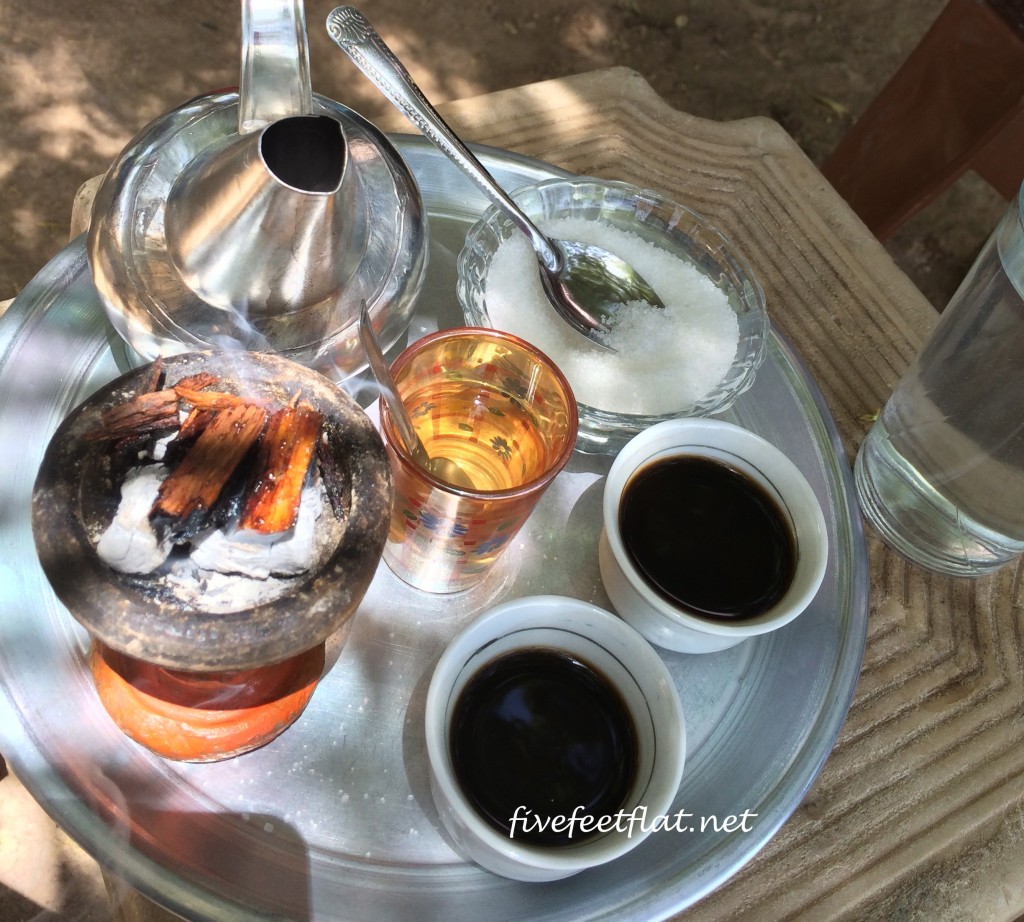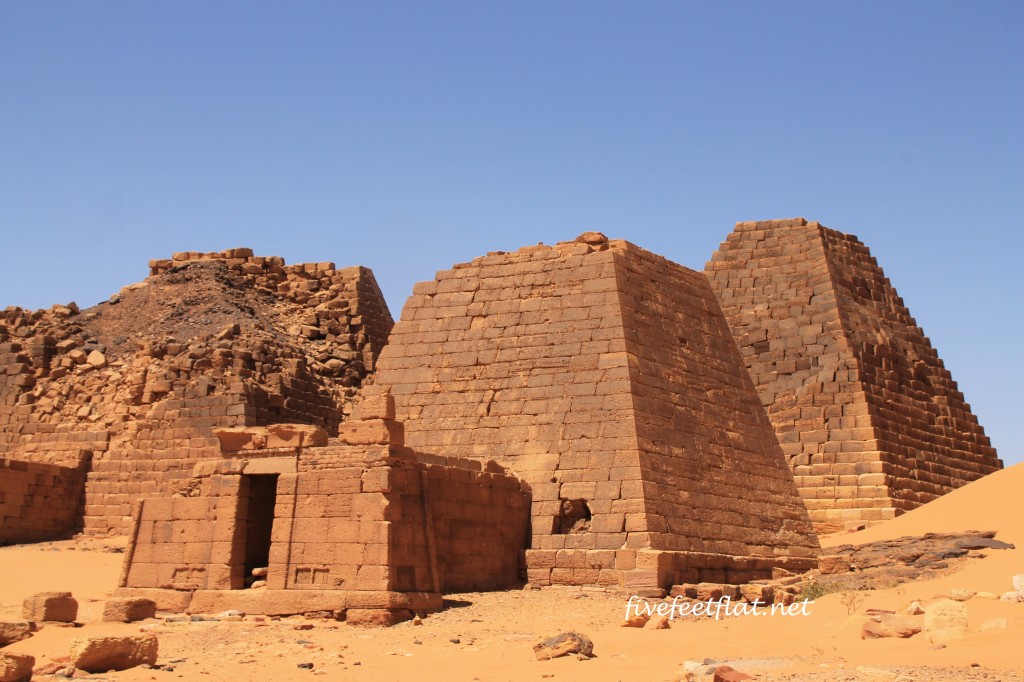On Sudan, fizzy drinks and walks by the Nile
Some countries are clear-cut tourism magnets. Other countries, when you tell people you’re planning a visit, they stop whatever they’re doing, turn to you and ask, “Why?”
That was the general reaction I got when I told my friends about Sudan. To be honest, I was only planning to visit Sudan because a friend was working in Khartoum and it was unlikely I would ever reach that part of the world if I didn’t know anyone there.
The only thing I knew about Sudan was that the southern region had split from the rest of the country and called itself South Sudan. I also knew there was ongoing fighting at the border.
In an odd way, my lack of knowledge on Sudan made me want to visit the country more. Here was a country I wouldn’t normally visit, a country that didn’t seem to be in the least fascinating as a travel destination, which was a good thing. Sudan wouldn’t be swarming with tourists.
So I decided not to read up about the place. I wanted to be told and shown what the country was all about. Sudan, I decided, would have to reveal itself to me.
I arrived at two o’clock in the morning on a warm, muggy day at Khartoum International Airport. I was supposed to have had a glorious 20-hour layover at Addis Ababa in Ethiopia-this was intentional because I had planned to get a transit visa, leave the airport and explore the city- but this never happened. At the last minute, I decided to fly out from Addis Ababa much earlier.
Khartoum revealed itself to me a few days later when I caught a glimpse of the meeting point of the two rivers that make up the world’s longest river.
It is in Khartoum that the Blue Nile joins the White Nile to form the Nile, which flows 4,225 miles (6,800 kms) all the way to Cairo and the Mediterranean Sea. As far as evening strolls go, my walk along the Nile was sublime.
It was in the deserts of north Sudan that I saw the incredible but little-known pyramids of the Meroe kingdom, believed by historians to have had links with ancient Egypt. The Meroe pyramids may be smaller than those in Egypt, but they are greater in number and spread out over a much larger area.
Another thing I learnt is how Sudan is the world’s biggest producer of gum arabic. The name may sound unfamiliar but we’ve all consumed it at least once. Google ‘gum arabic’ and you’ll discover that it’s a food emulsifier and used most notably in fizzy drinks.
Gum arabic, which is the hardened sap of the acacia tree, is a crucial ingredient in soft drinks- it holds and binds the sugar to the liquid, preventing sugar from crystallising and forming at the bottom of the can.
Everyone will agree that fizzy canned drinks are an integral part of American culture, and therein lies the irony: Sudan has been subject to United States trade sanctions since 1997, but because gum arabic is such an essential ingredient in fizzy drinks, the export of gum arabic is exempted from the sanctions.
When one thinks of fizzy drinks, Coca-Cola and Pepsi automatically come to mind, although to be fair, neither of these companies has mentioned where it obtains its emulsifiers from.
Yet, at a press conference in Washington in 2007, the Sudanese ambassador made headlines when he threatened to respond to the US sanctions by halting all production and export of gum arabic. Lifting a bottle of Coca-Cola, he said: “I want you to know that the gum arabic, which runs all the soft drinks all over the world, including the United States, mainly 80 percent is imported from my country. I can stop that gum arabic and all of us will have lost this.”
At a supermarket in Khartoum, my friend mentioned how Coke in Sudan didn’t taste like the Coke sold back home. After a few sips, I had to agree with her. The drink wasn’t as sweet and had a far more pleasant taste. Of course, I could have been imagining things.
Gum arabic has hit a large portion of ordinary Sudanese in another way. In Darfur in western Sudan, this tree sap is one of the reasons for the long-running clashes in the area. For years, opposing ethnic groups have been accusing each other of trying to take control of land where acacia trees grow and smuggling gum arabic across the border into Chad for profit.
Not many people know of the possible links between a chilled, fizzy drink and a dusty, parched country in northern Africa but the next time I open a can, I’ll remember how I walked by the Nile and how a country that didn’t seem too interesting in the beginning turned out to be quite the opposite.
© 2014, Anis. All rights reserved.















Oh dear Anis, I too would like to explore Sudan now… beautiful write up! Well done.
Thanks, Aswana! It was such an interesting place, I really hope to go again.
Sounds super cool! and a very different and interesting story =) Of course, I do have to ask, how did you feel safety wise when you were there?
I was lucky because I knew someone there, so I went around with her and the company driver. That made getting around a whole lot easier, although I did spend two days out on my own-on those days I used a raksha (their version of a tuk-tuk) and a hired car. I never felt unsafe or threatened, although I understand that it really helps to have your own transport so you can get out quickly if necessary.
wow. leave it to you to elevate my coke-drinking experience! nice write up anis 😀
Hahaha, thanks Joyce. I used to be a bit of a Coke addict myself- I used to drink litres and litres of the stuff when I was in university! Not anymore though.
Will you ever return to Sudan? What other countries would you like to travel to in Africa?
I would love to, actually. As for other countries in Africa- I’m thinking Ethiopia, Kenya, Zimbabwe, Tanzania, Madagascar and Morocco, at least.